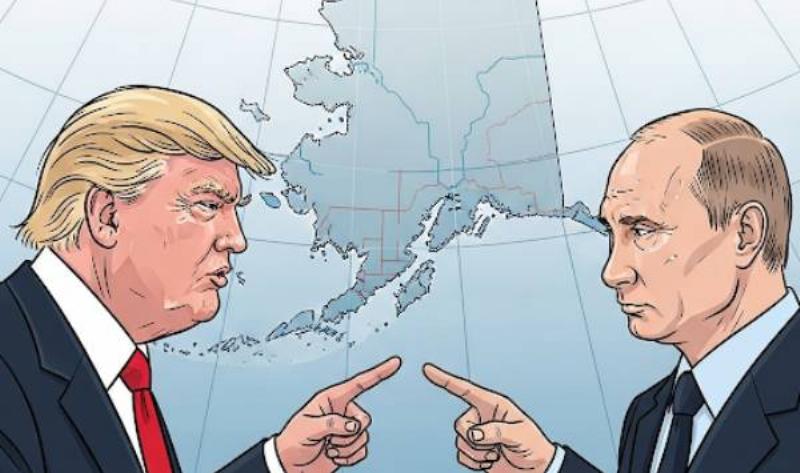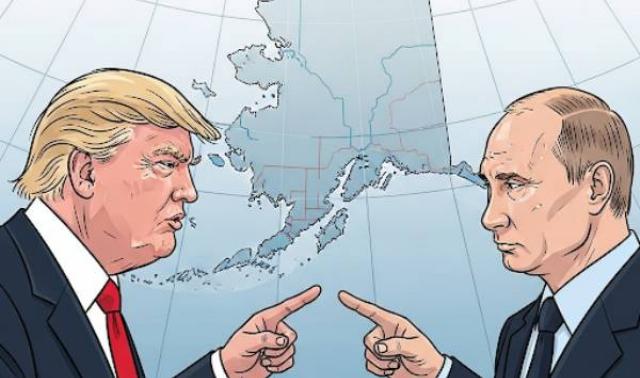


When President Donald Trump sits down with Vladimir Putin in Alaska this week, he must be ready to do what the Gipper did in Reykjavík: Walk away if the deal is bad for America.
At the Reykjavík Summit in 1986, President Ronald Reagan faced a Soviet leader, Mikhail Gorbachev, who was under economic strain but eager to score a diplomatic win. The two men came close to a sweeping arms control agreement. But when Mikhail Gorbachev demanded the U.S. scrap its Strategic Defense Initiative, Reagan refused — and walked.
The famous image of the two men leaving the summit with dour faces was fuel for critics. The press painted the summit as a failure. But within three years, the Soviets signed the INF Treaty on terms far more favorable to the United States. And just a few years after that, the Soviet Union itself collapsed.
Reagan’s refusal to trade away a core U.S. advantage showed the Kremlin that America would not compromise on its strategic interests, no matter the pressure.
Trump faces a similar dynamic. Russia’s economy is strained, and its military is facing huge daily losses over its invasion of Ukraine. Putin will likely dangle tempting proposals, such as sanctions relief, resource cooperation, or Arctic navigation rights. But every offer will be crafted to serve Moscow’s strategic goals first. A bad deal could bind the U.S. into commitments that limit our defense options, undermine allies, or give Russia breathing room to rebuild its strength.
Walking away doesn’t mean giving up. It means signaling that America will only agree to terms that protect our ally Ukraine as well as our own sovereignty and security.
Just as Reagan’s firmness ultimately led to better outcomes, Trump’s willingness to say “no” can force Moscow back to the table on terms that serve our interests — not theirs.

